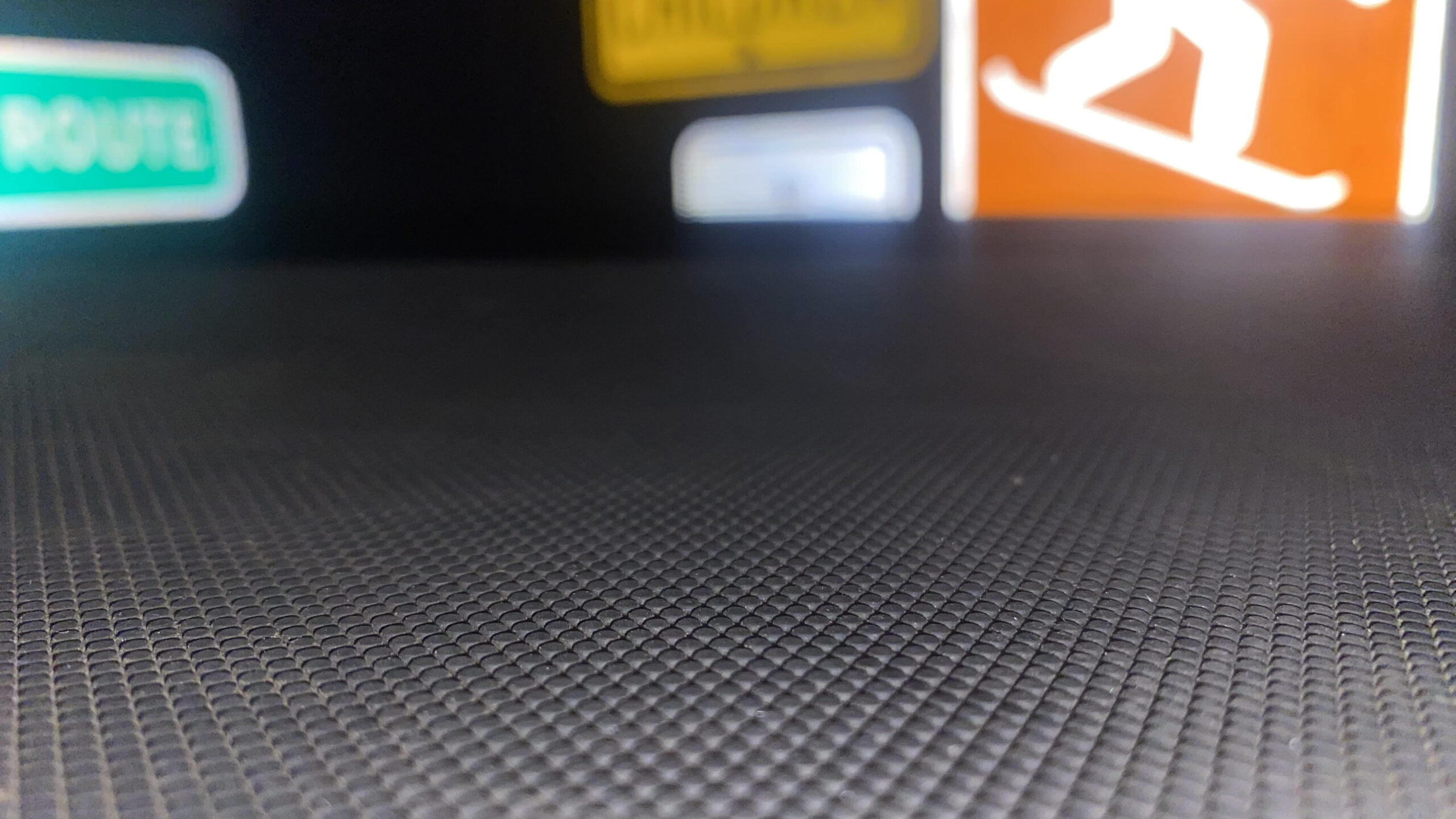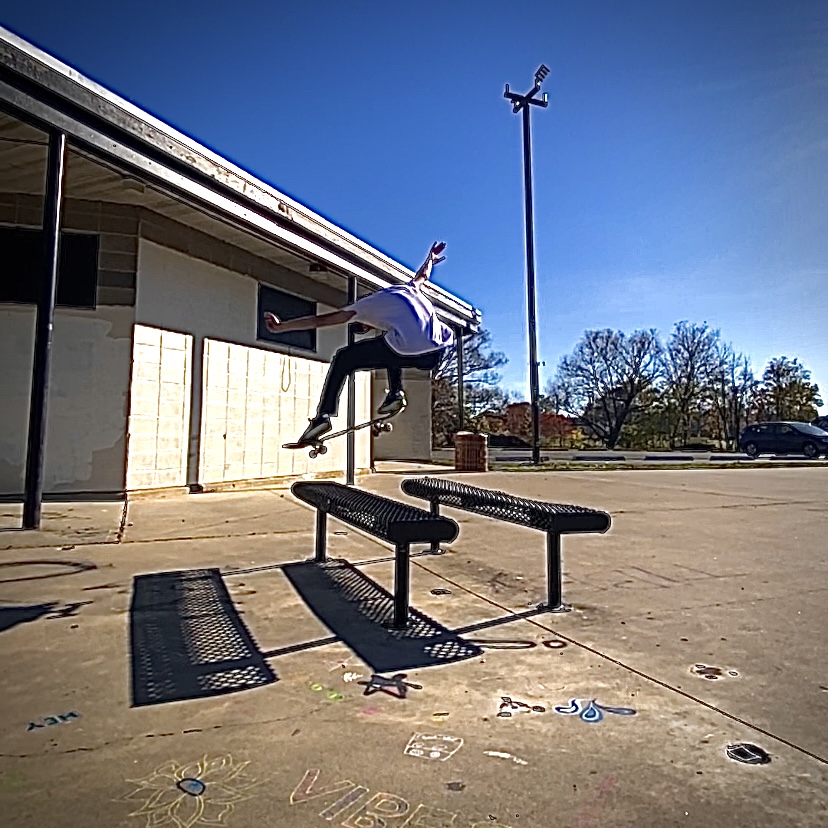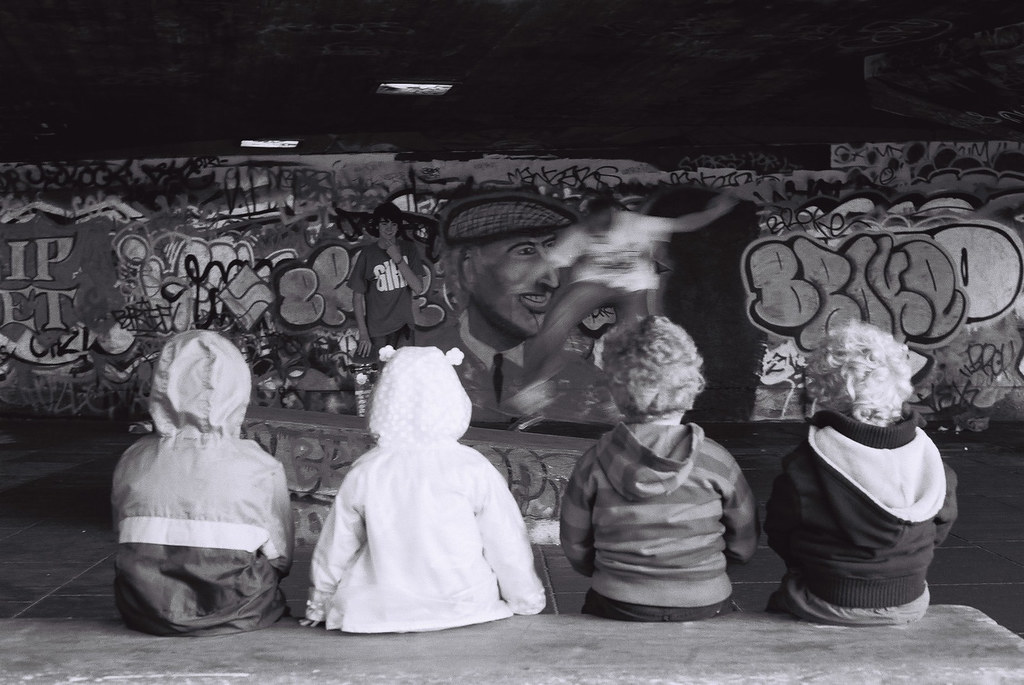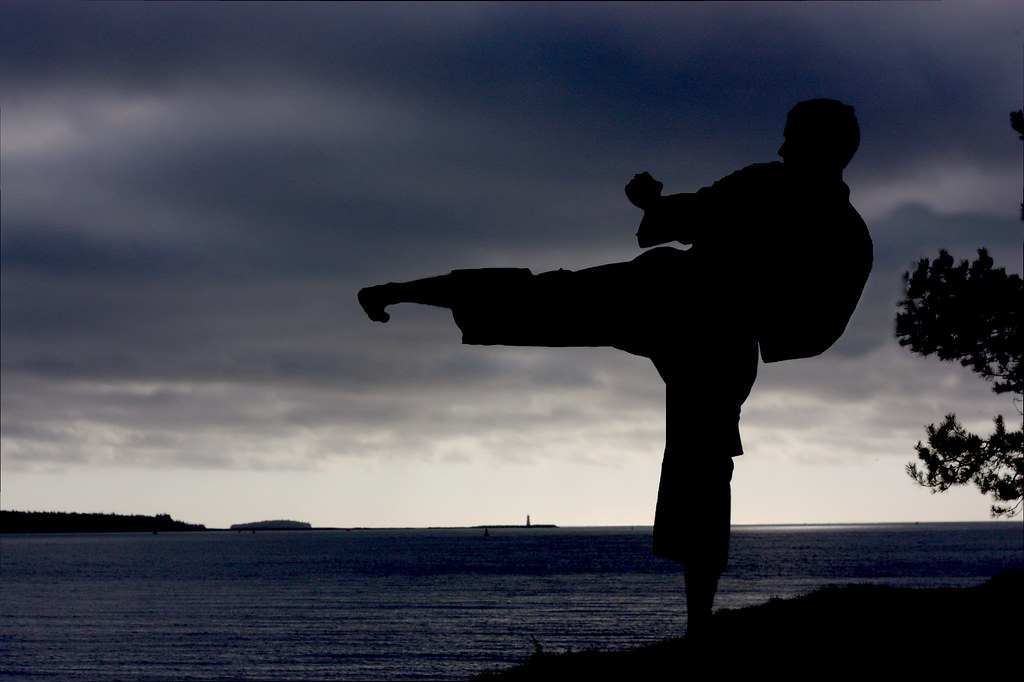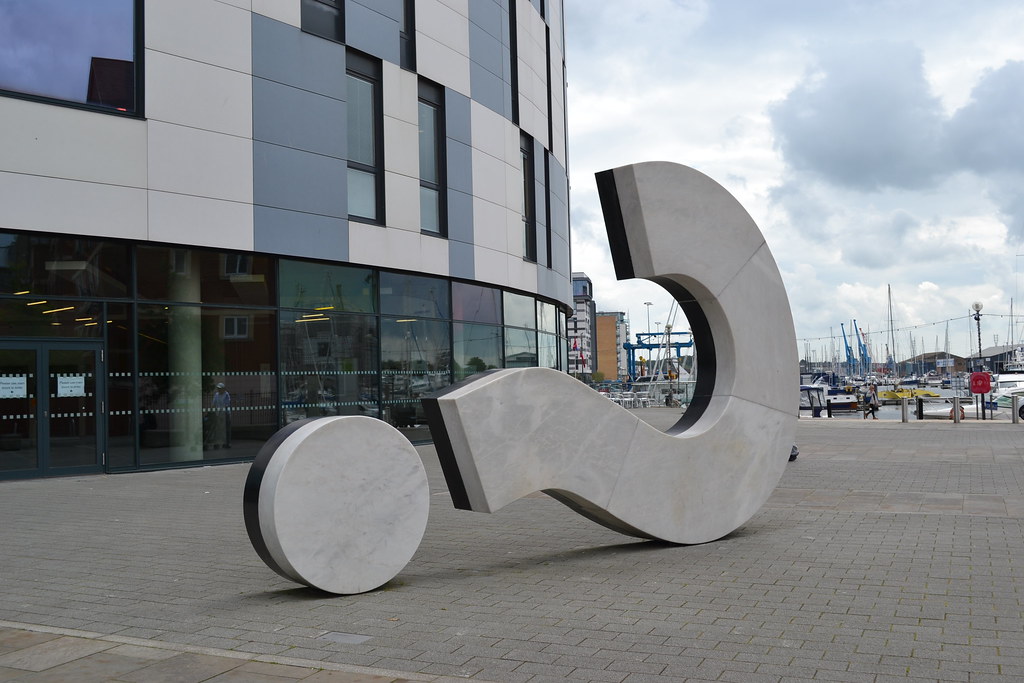Skateboarding is a relatively pricey sport if practiced consistently. Various parts of your board need to be replaced on a regular basis. Breaking skateboard decks from landing too hard, wearing down wheels from doing powerslides, and replacing bearings when they become unusable are just a few of the expenses that a skateboarder faces. I think that by far the most costly of the expenses is the need to replace shoes.
Like the majority of other skaters, I constantly face the problem of tearing holes in my shoes. Many skaters have attempted to solve this problem since shoes are not cheap to constantly replace. You could use Shoe Goo and some fabric to repair a hole in your shoe, but they still inevitably get ruined.
As of right now, rubber griptape is the only solution I’ve seen that prevents your shoes from ripping at all. I have tried it and formed several thoughts you might want to consider if you have thought about purchasing it for yourself.
I specifically purchased DKL rubber griptape on their online store. I bought three sheets of grip in order to get free shipping and as a result, skated the lifetime of three decks with rubber grip (about 9 months). When I first received the griptape in the mail and opened the packaging, I felt the texture of the grip. It felt bumpy, extremely similar to the surface of a ping-pong paddle.
Applying the rubber griptape was very similar to the process of applying sandpaper griptape. However, I had to cut an additional eighth of an inch of the border of the rubber grip to prevent it from peeling up at the edges. When I was finished applying the grip I was excited to test it out and hopefully save money in the process.
My first impressions of the grip tape were, to my surprise, really good. I was anticipating the rubber griptape making my board feel slightly squishy, but the top of my board was solid and felt just like traditional sandpaper griptape.
I tried a few flip tricks on the rubber griptape as well. Kickflips, heelflips, and treflips felt normal and I flicked my front foot very similar to how I flick on normal griptape.
As the rubber grip got dirtier/dustier, it lost more grip and tricks began to feel less consistent. You can wipe the griptape with your hand or clothing to temporarily fix this problem. For how often dust accumulates on the surface of the griptape, wiping it frequently can be a pain.
However, one of the benefits of rubber griptape is that you can easily clean it compared to traditional sandpaper griptape. Sandpaper griptape must be cleaned with a stick of rubber, similar to the ones used on wood sanding machines. Rubber griptape has the ability to get wet without getting ruined, allowing you to use a brush and some water to scrub the dirt out from in between the rubber dimples in the griptape.
I would say that on average the rubber grip was noticeably less grippy than sandpaper griptape. Especially when I would ollie larger stairsets and gaps, my skateboard would not stick to the bottom of my feet as well as it would with sandpaper griptape. Additionally, If the griptape gets even slightly wet it becomes extremely slippery.
A particularly unique issue was that leaving my skateboard in my car during below-freezing temperatures caused the surface of the rubber grip to become icy and dangerously slippery. My board eventually warmed enough for the rubber griptape to return to its original state, but for the time that it was frozen, it was not skateable.
I ultimately decided to switch back to sandpaper griptape because it feels like I have more grip and control over my board flipping. I loved that rubber griptape didn’t ruin my shoes, but constantly wiping off dust and feeling less attached to my board is not worth it for me. The consistency of sandpaper griptape is unmatched compared to rubber griptape.
If you live in an area with warmer, drier weather, rubber griptape might be a more sensible choice for you. Moreover, if you are learning flip tricks and wish to avoid wearing out your shoes from numerous kickflip attempts, rubber grip tape may offer a viable solution. However, if the consistency of how your board performs is a high priority for you, then sandpaper griptape may be the right choice for you although it is more costly in the long run.
Overall, I give rubber griptape a rating of “good”. Although I personally do not use rubber griptape anymore, I still believe it is a good product since it feels similar to normal griptape and it prevents your shoes from getting destroyed. Rubber griptape is a great product for learning tricks on a budget, but not so much for consistency and maximum grip.
